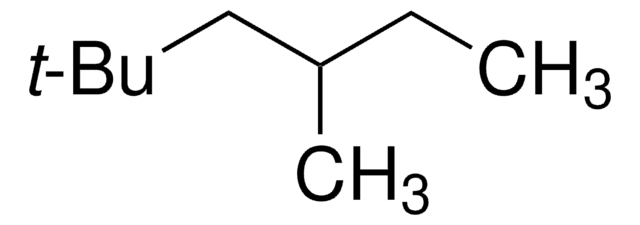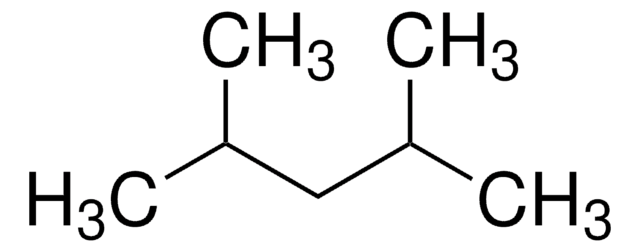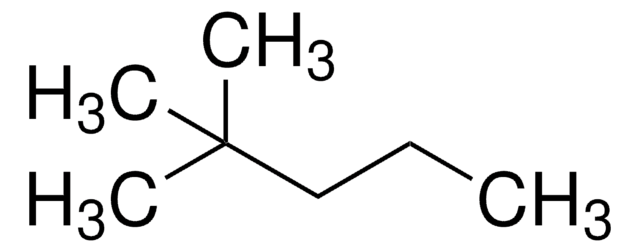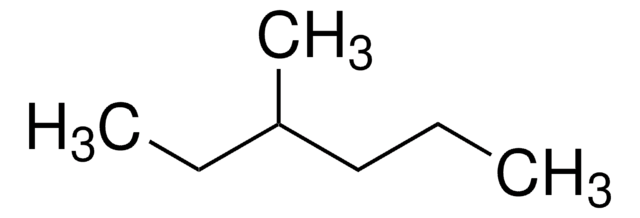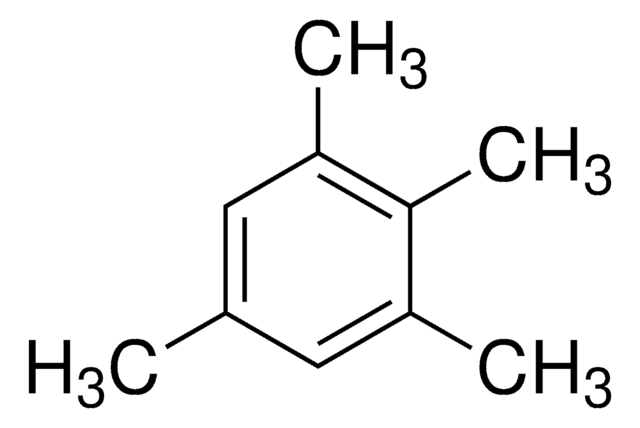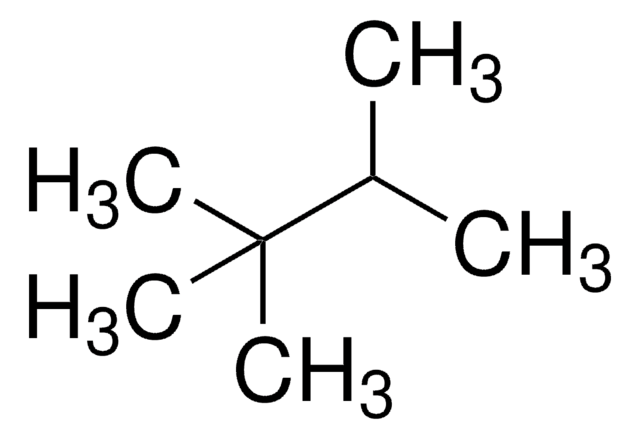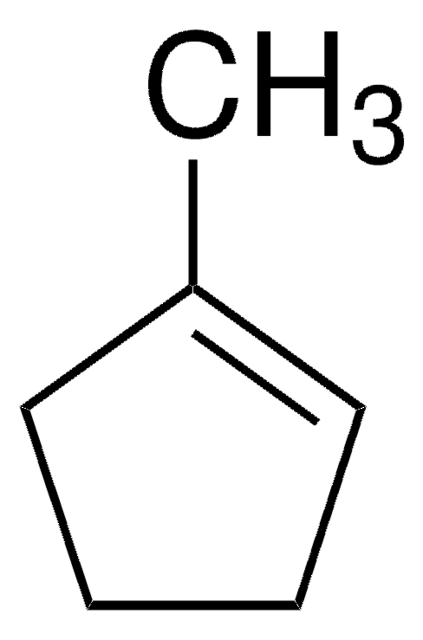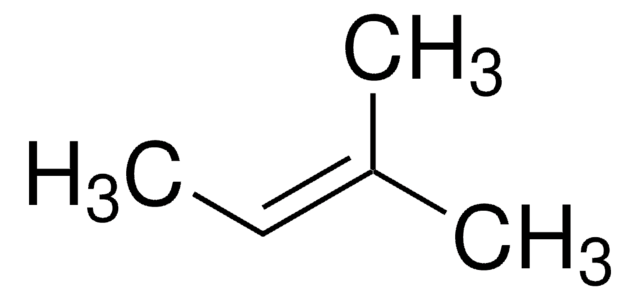About This Item
Recommended Products
Quality Level
assay
98%
form
liquid
refractive index
n20/D 1.409 (lit.)
bp
140 °C (lit.)
density
0.726 g/mL at 25 °C (lit.)
SMILES string
CCCCC(C)C(C)C
InChI
1S/C9H20/c1-5-6-7-9(4)8(2)3/h8-9H,5-7H2,1-4H3
InChI key
WBRFDUJXCLCKPX-UHFFFAOYSA-N
Related Categories
General description
Storage Class
10 - Combustible liquids
wgk_germany
WGK 3
flash_point_f
195.8 °F - closed cup
flash_point_c
91 °C - closed cup
Certificates of Analysis (COA)
Search for Certificates of Analysis (COA) by entering the products Lot/Batch Number. Lot and Batch Numbers can be found on a product’s label following the words ‘Lot’ or ‘Batch’.
Already Own This Product?
Find documentation for the products that you have recently purchased in the Document Library.
Customers Also Viewed
Protocols
This application demonstrates the suitability of the Petrocol column for the efficient analysis of hydrocarbons as listed in ASTM method D5134.
Our team of scientists has experience in all areas of research including Life Science, Material Science, Chemical Synthesis, Chromatography, Analytical and many others.
Contact Technical Service